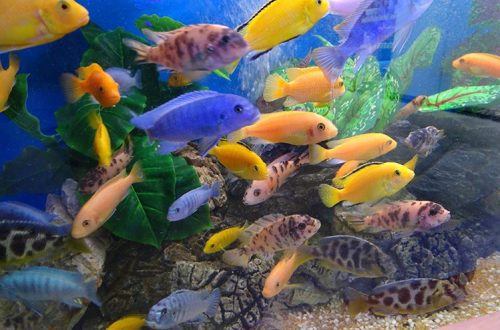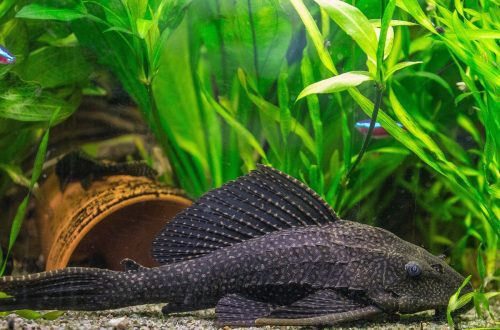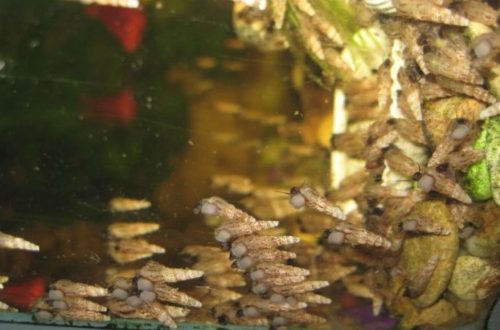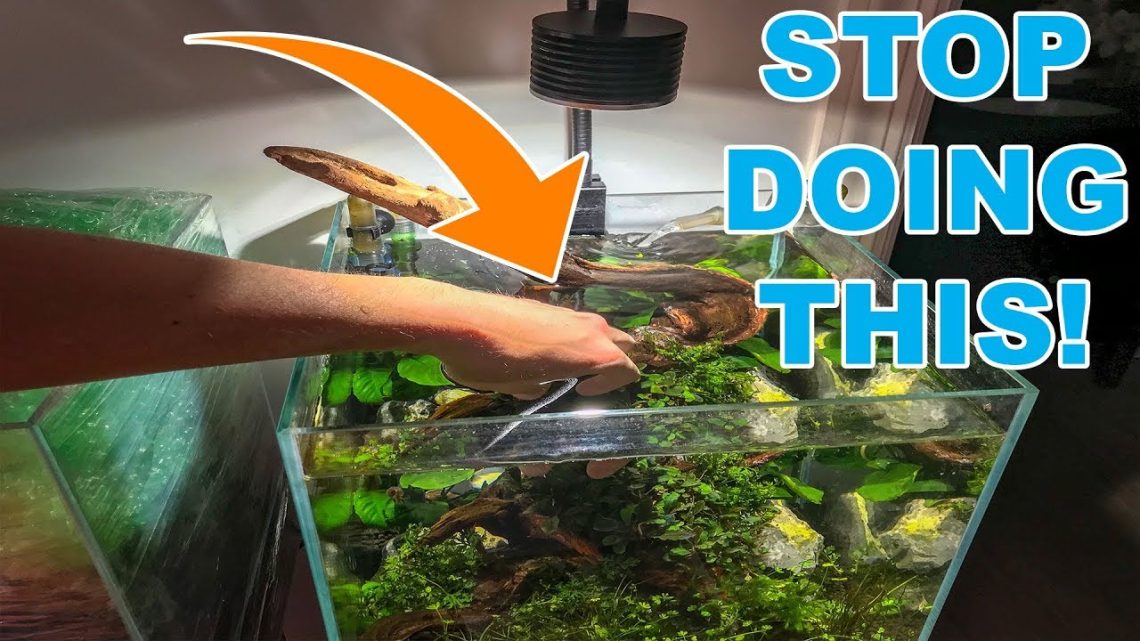
How to plant plants in an aquarium
Live plants provide a natural healthy aquatic environment for any aquarium, providing protection and shelter for many small fish species and fry. Each plant has its own conditions for successful growth, some are very capricious and require special care, others are unpretentious and adapt to various water parameters. The latter are the best choice for the beginner aquarist.

Step #1 Choose plants that require the same conditions as your fish. Lighting is usually set at a ratio of 2 watts per 4–5 liters of water. So for a volume of 100 liters, you will need light bulbs with a total power of 20-25 watts. These are approximate average numbers!
Step #2 Beginners are advised to purchase unpretentious plants, such as Hygrophila variegated, Java moss, Anubias dwarf, Cryptocrina, Vallisneria.
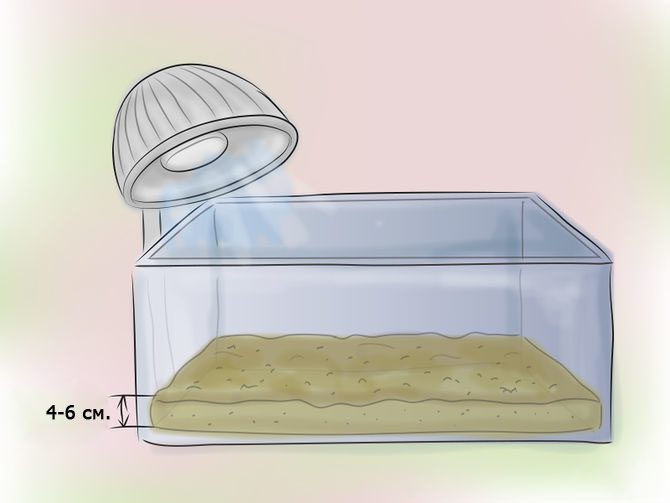
Step #3 Use fine gravel or coarse sand as a substrate. Reliable rooting is possible with a soil thickness of 4-6 cm. If possible, mix the new soil with a part of the old one from a mature aquarium in a ¼ ratio (for example, you can ask friends or acquaintances). This is true for a new aquarium and will provide initial feeding to the plants.
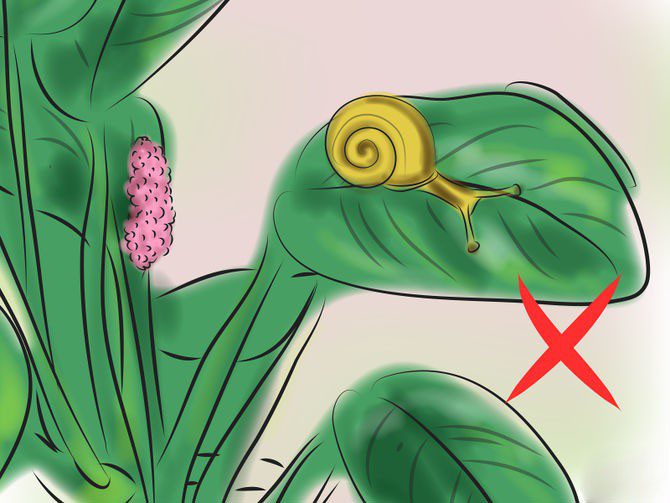
Step #4 Before placing the plant in water, carefully examine the leaves, they may contain snail eggs. Uninvited guests will fall out of place.
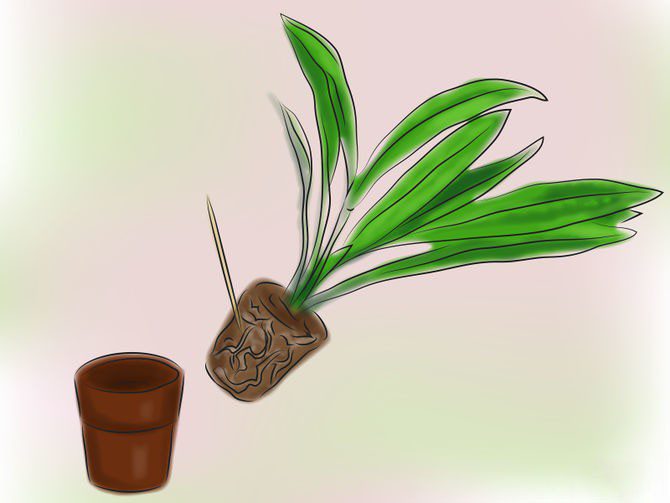
Step #5 Most root plants are sold in pots/containers. Carefully remove the plant and use a toothpick to untangle the roots.
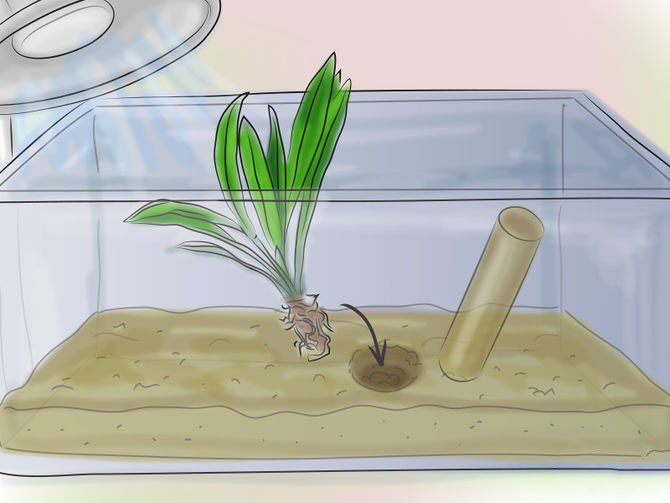
Step #6 Use a pencil or wooden dowel to make a hole in which to place the root system. Fill in the roots. Floating plants can simply be placed in the aquarium.
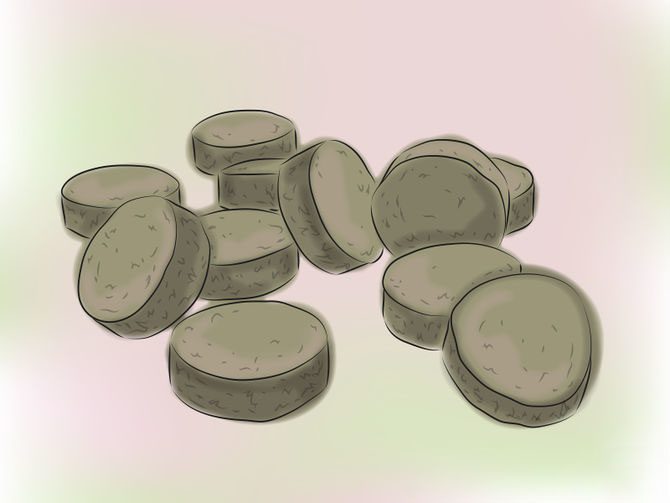
Step #7 Plants need 3 to 4 weeks to acclimatize, during which time they will live off the stored nutrients. Therefore, adding fertilizer does not make any sense, they will not be absorbed and will only pollute the water. In the future, the fish themselves will fertilize the soil, no worse than expensive additives.
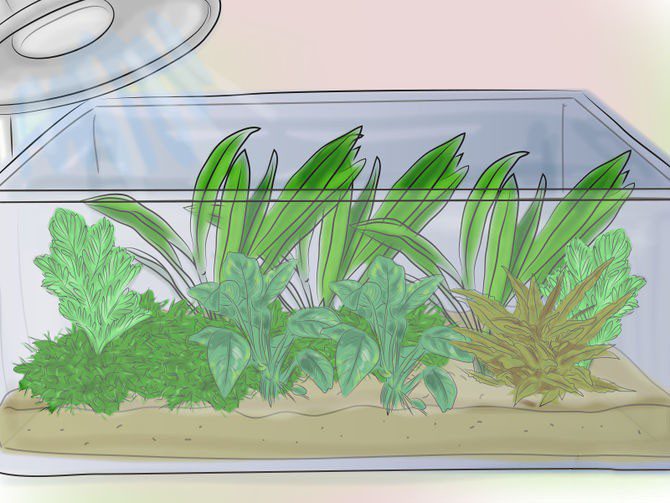
Step #8 Once placed, the plants will become an integral part of the aquarium’s biological system and will maintain the ecological balance by absorbing fish waste and releasing oxygen.



